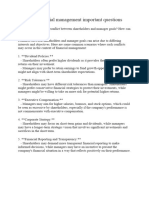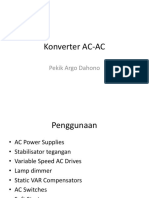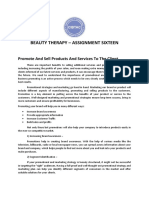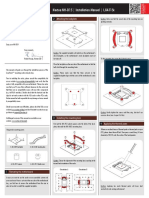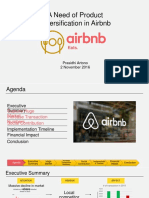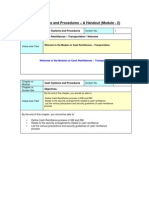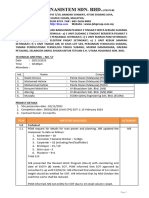0% found this document useful (0 votes)
58 views20 pagesCap Table Guide
The Ultimate Cap Table Guide is a comprehensive manual designed for founders and VC analysts, covering essential topics in cap table management, calculations, and best practices. It includes detailed sections on share classes, funding rounds, convertible securities, and exit scenarios, along with case studies and advanced modeling techniques. The guide emphasizes the importance of consulting legal and financial professionals for specific advice.
Uploaded by
i23madhavgCopyright
© © All Rights Reserved
We take content rights seriously. If you suspect this is your content, claim it here.
Available Formats
Download as PDF, TXT or read online on Scribd
0% found this document useful (0 votes)
58 views20 pagesCap Table Guide
The Ultimate Cap Table Guide is a comprehensive manual designed for founders and VC analysts, covering essential topics in cap table management, calculations, and best practices. It includes detailed sections on share classes, funding rounds, convertible securities, and exit scenarios, along with case studies and advanced modeling techniques. The guide emphasizes the importance of consulting legal and financial professionals for specific advice.
Uploaded by
i23madhavgCopyright
© © All Rights Reserved
We take content rights seriously. If you suspect this is your content, claim it here.
Available Formats
Download as PDF, TXT or read online on Scribd
/ 20








